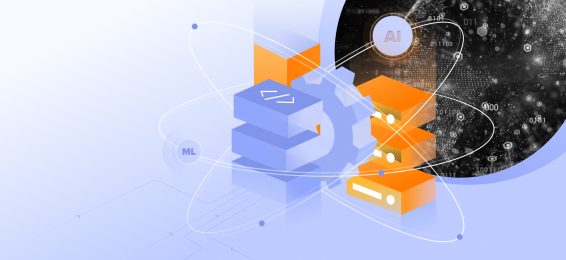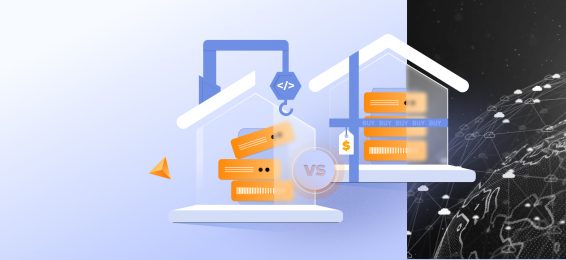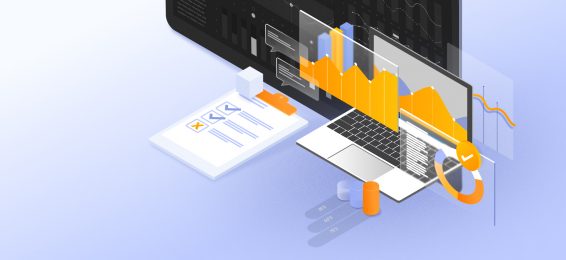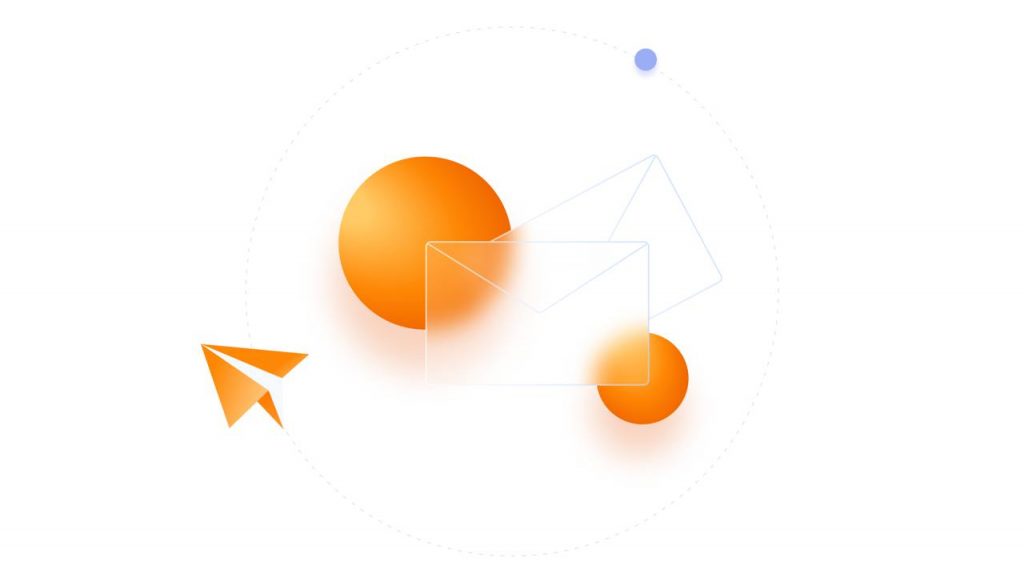What is an example of data activation?
An example of data activation is personalized advertising. Imagine a retail brand collecting customer data, such as browsing history, purchase behavior, and location. Through a data activation platform, this information is processed to activate real-time customer profiles and create tailored ad campaigns that recommend products a customer is most likely to purchase. For instance, a customer who frequently buys workout gear might receive promotions for new athletic apparel or discounts on fitness equipment. This type of media activation turns raw data into a strategic tool for consumer activation.
Why is data activation important?
Data activation is essential because it transforms data from a passive resource into a driver of measurable outcomes. Without activation advertising, even vast amounts of collected data remain underutilized, failing to deliver value. Activation ensures that insights reach the right teams, tools, or channels in time to influence decisions, optimize performance, and achieve business goals. For instance, analytics can give you immediate valuable information about which type of customers are most likely to respond to a campaign. This insight supports customer activation by targeting the right audience.
In industries like marketing, it enables hyper-personalization, helping brands engage with their audiences more effectively. By using tools like a people activation platform or CDP activation, companies can collect, unify, and activate data to enhance efficiency and drive superior results.
What is the difference between data and activation data?
While data refers to the raw information collected from various sources, activation data is refined and ready to be applied in a specific context. For example, raw data might include website visits, demographic details, or purchase history, whereas activation tools process and contextualize this data into actionable insights. For instance, tools like LiveRamp can help with LiveRamp onboarding, which transforms collected data into meaningful profiles ready for activation.
A common use case involves activation media in digital marketing, where insights derived from data activation can inform targeted campaigns. Another example is using activation tools to understand what does activation mean in marketing, such as identifying customer intent signals and using them to inform ad targeting.
What are data activation platforms?
Data activation platforms are tools or systems designed to process raw data and enable its application across various channels and use cases. These platforms often integrate with CDP activation systems, marketing tools, or analytics software to facilitate actions like personalized email campaigns, ad targeting, or sales forecasting. For instance, Adobe Experience Platform helps businesses activate real-time customer profiles, while Salesforce Marketing Cloud can function as a data activator.
Additionally, data activation centers act as hubs for coordinating data flows and ensuring data is used effectively. In digital advertising, platforms that answer questions like “which reports require the activation of advertising features?” can ensure compliance and optimal ad performance. By understanding how to get your data to work, businesses can make informed decisions about the best tools to invest in and how to leverage data activation for maximum impact.
By applying these concepts and leveraging activation advertising tools, businesses can turn data into actionable strategies, driving measurable results and competitive advantages.



